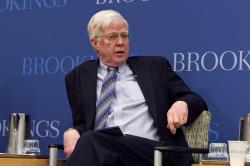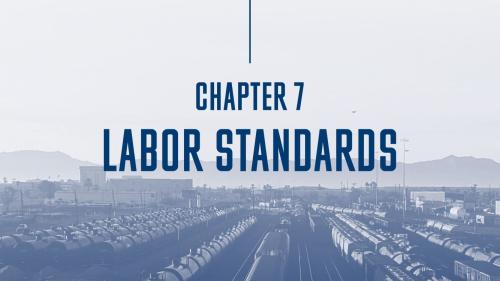Introduction
The long drawn-out recovery from the 2008-09 financial crisis is now perceived as largely complete. The unemployment rate, currently at 5.6 percent, is well below the average of the last half-century and is projected to decline below the 5½ percent level that the Congressional Budget Office (CBO) has long characterized as full employment by the end of the year. Capacity utilization of the industrial sector is also close to its pre-crisis average of 80 percent. However, the improvements in these standard measures of resource utilization are largely the product of reduced supplies of labor and capital rather than increased demand. A dramatically lower rate of labor force participation is now accepted as the new normal and the capital stock is expanding at only half of the pre-crisis rate. These reductions in factor supplies have led the CBO to lower its estimated level of potential output in 2014 by seven percent since the onset of the recession, and it has cut the projected average annual growth by about ½ of a percentage point, from 3 to 2½ percent, relative to pre-crisis expectations. Thus, the economic losses from the recession seem increasingly permanent and not just a transitory business cycle phenomenon.
The failure to recoup the losses from the recession represents a major break with the experience of past U.S. business cycles. In a paper that included an extensive review of prior studies, Kim and Murray (2002) concluded that three-fourths or more of a typical recession was transitory, with only weak evidence of any permanent impact on the long-run growth path. Most recently, Papell and Prodan (2012) argued that even severe recessions have only transitory effects on the path of long-run growth. Bernanke (2011) also reasoned that the long-run growth potential of the United Sates should not be materially affected by the crisis. However, other studies that focus specifically on financial crises have reported more pessimistic conclusions (Reinhart and Rogoff, 2009). The permanence of the output losses stemming from the recession is of great significance for future changes in living standards, but it is also important for evaluating the financial viability of programs, such as Social Security and Medicare, that are largely financed on a pay-as-you-go basis.
The primary objective of this paper is to examine in greater detail the impact of the recession on the U.S. economy’s potential output as reflected in the aggregate supplies of labor and capital and the combined efficiency with which they are used, total factor productivity. Second, with recovery the public attention has gradually shifted away from a concern with jobs to discontent over the limited growth in incomes for those with jobs. The later portion of the paper explores the reasons for the poor growth in real wages and the link between real wage growth and productivity. I begin, however, with a quick review of the U.S. economy and the outlook.
Author’s Note: Paper prepared for the Nomura Foundation’s Macro Economy Research Conference, January 27, 2015. I am indebted to Mattan Alalouf for research assistance.




